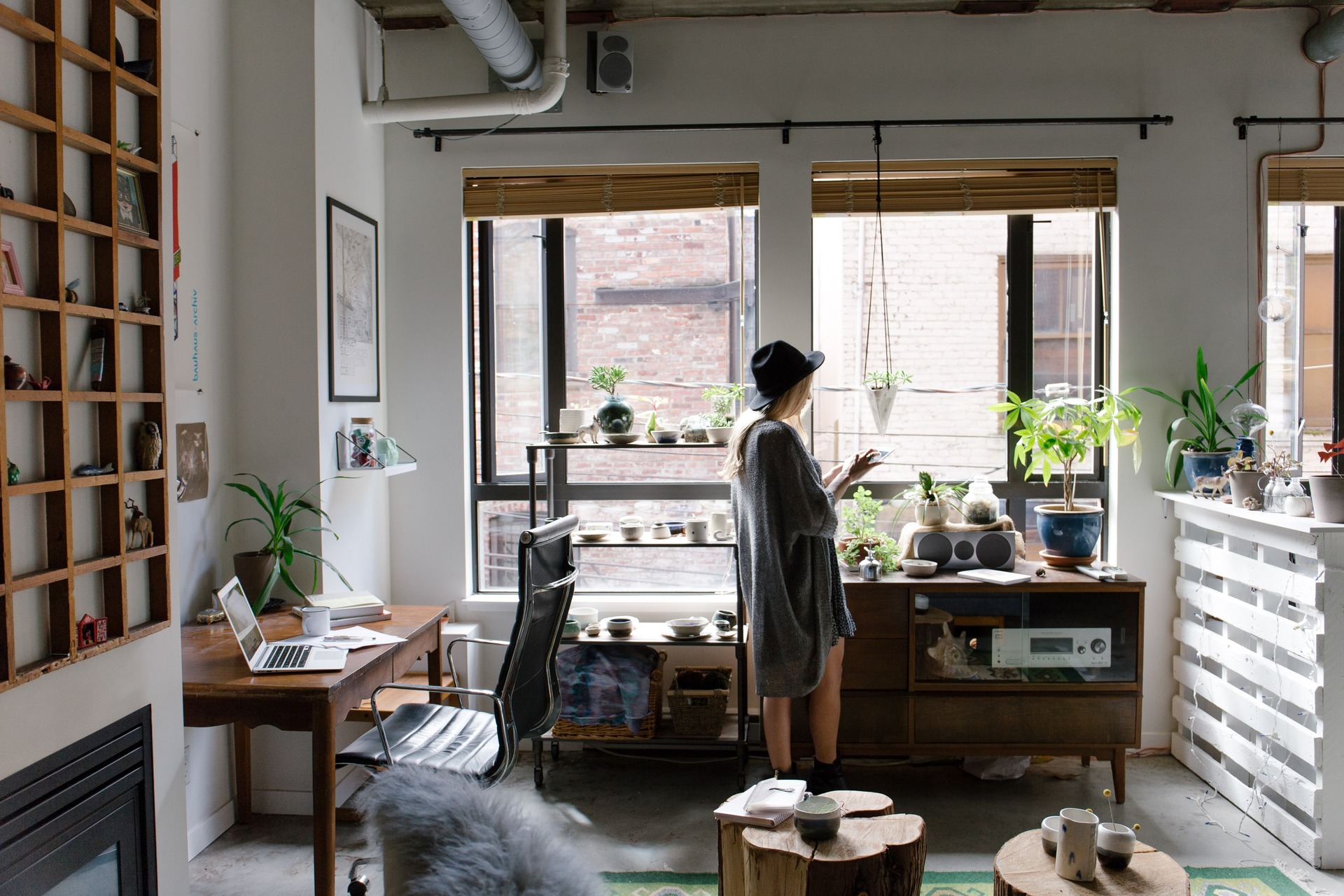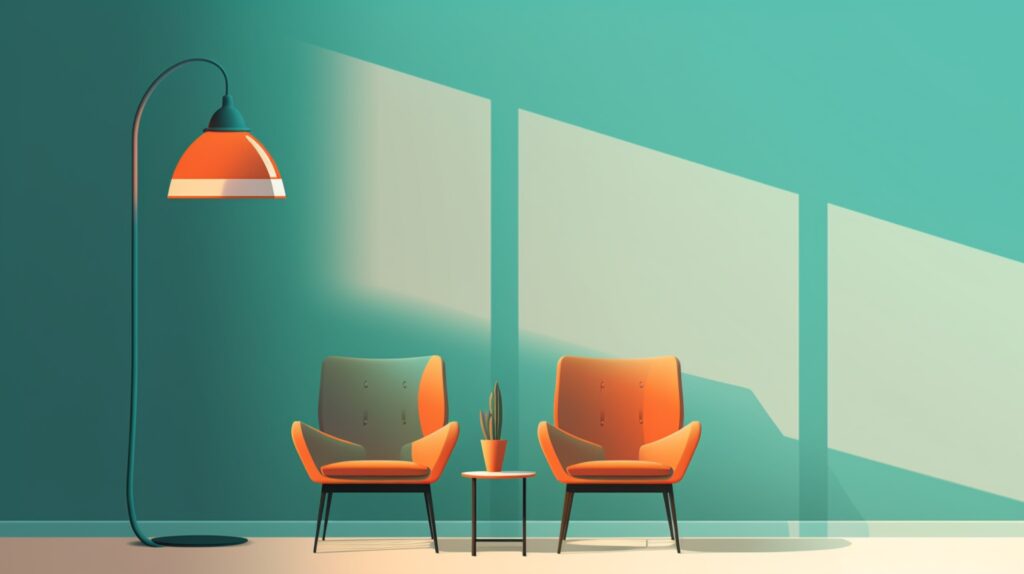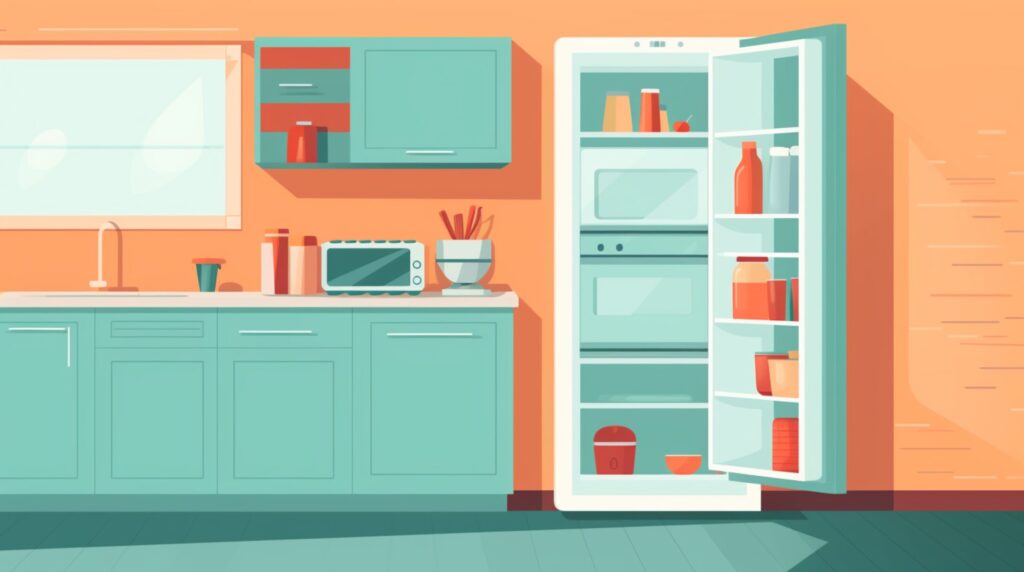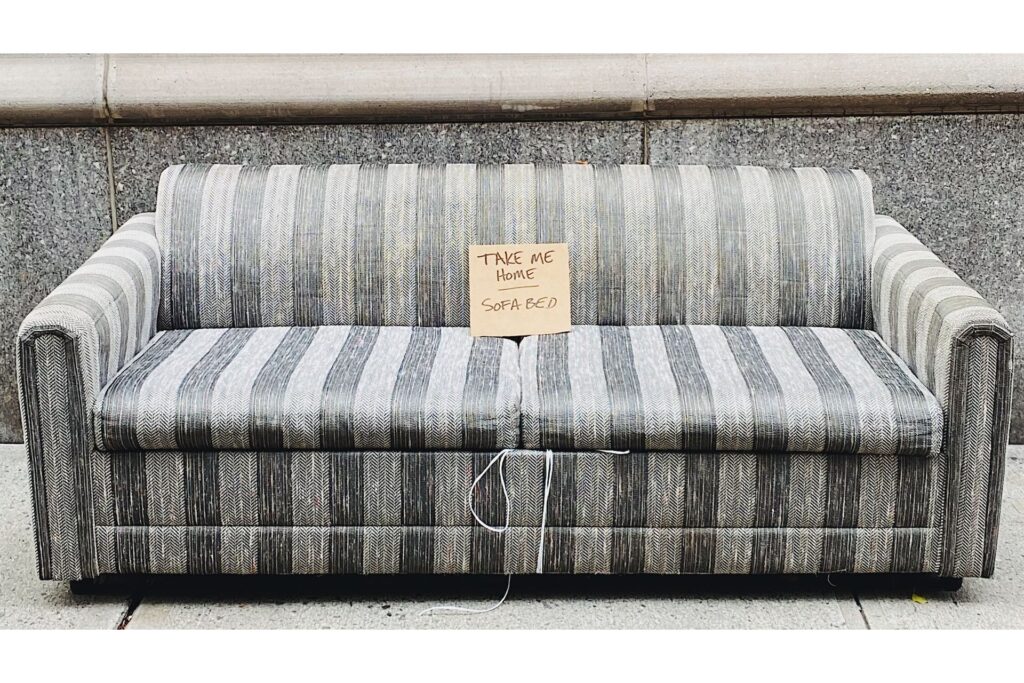
We are reader-supported. When you buy through links on our site, we may earn an affiliate commission.
Feng Shui, an ancient Chinese art, focuses on harmonizing individuals with their surrounding environment. It comes from the belief that living spaces can influence people’s energy, mood and well-being.
In modern home design, Feng Shui is increasingly relevant as people seek balanced, peaceful and energy-efficient living spaces. By incorporating these principles, modern homes can become sanctuaries of tranquility and harmony, reflecting a blend of traditional wisdom and contemporary style.
What Is Feng Shui?
Feng Shui is a practice with a rich history spanning over 4,000 years that originated in ancient China. People used it initially to orient buildings — often spiritually significant structures, but later expanded to homes and other facilities — in a manner most harmonious with the natural environment and cosmic forces.
Here are its core principles:
- Chi (energy flow): The life force that permeates everything. Feng Shui aims to optimize the flow of chi.
- Yin and Yang: These are opposing yet complementary forces. Balancing these energies is essential in Feng Shui.
- The five elements: It includes wood, fire, earth, metal and water. Balancing these elements in a space can bring harmony.
It is deeply rooted in Taoism, a philosophy that emphasizes living in harmony with the Tao, or the “way” of nature. It’s about understanding and aligning with the natural order of things.
In modern times, it has adapted to contemporary living environments. While conventional principles are respected, there’s a greater focus on practicality and applicability in diverse living spaces, from urban apartments to suburban homes.
Modern Feng Shui also integrates with contemporary design aesthetics, emphasizing minimalism and functionality while aiming to create balanced and harmonious environments. This evolution remains relevant, blending ancient wisdom with modern lifestyles.
Practical Feng Shui Tips for Modern Homes
Here are some room-wise Feng Shui tips — focusing on the living room, bedroom and kitchen — and insights on color choices and furniture arrangement for optimal energy flow.
Living Room
- Furniture placement: Arrange seating in a circular or octagonal shape to encourage conversation and chi flow. Avoid placing furniture with backs to doors or windows.
- Color scheme: Use earth tones for stability and warmth. Greens and blues can bring in elements of nature and tranquility.
- Decor: Incorporate living plants to boost vitality and mirrors to enhance the sense of space.
Bedroom
- Bed position: Place the bed in a commanding position, away from the door but where the entrance is still visible. Avoid aligning the bed directly with the door.
- Color palette: Soft, soothing colors — like pastel blues, greens and lavenders — encourage relaxation and promote sleep.
- Minimize electronics: Reduce electronic devices to prevent disruptions in the natural energy flow and ensure better rest.
Kitchen
- Stove positioning: The stove should be positioned so the cook can see the entrance but not directly in line with it. It represents wealth, so keep it clean and functional.
- Color selection: Warm colors — like yellow, orange or red — can stimulate appetite and are great for kitchens. Balance with cooler elements or metallic accents.
- Organization: Keep the kitchen clutter-free and well-organized. A well-arranged kitchen promotes nourishing energy.
Following these tips, you can create a living space that looks aesthetically pleasing and promotes a harmonious and balanced energy flow.
Feng Shui in Outdoor Spaces
Extending Feng Shui principles to outdoor spaces — like gardens and balconies — can significantly enhance your home’s overall energy. Here’s how to do it.
Gardens
- Pathways: Create meandering paths rather than straight lines. It encourages a gentle, natural flow of energy.
- Balance: Incorporate the five Feng Shui elements in your garden design. For instance, a small water feature, metal sculptures, earthy rock formations, wooden benches and vibrant plants can create a balanced, harmonious place.
- Plant selection: Choose healthy and appropriate plants for the local climate. Avoid thorny plants near the house, as they can disrupt positive energy flow.
Balconies
- Furniture placement: Arrange your balcony furniture in a way that allows for free movement and comfortable seating. Avoid overcrowding.
- Decorative elements: Incorporate outdoor-friendly art or wind chimes to enhance the balcony’s energy. Soft, warm lighting can create a cozy, welcoming atmosphere.
- Plants: Balconies benefit from the addition of greenery. Choose plants that thrive in the amount of sunlight your balcony receives. Hanging plants can bring in the wood element without taking up floor space.
By thoughtfully applying Feng Shui principles to your outdoor spaces, you can create a serene and inviting environment that complements the energy flow within your home.
Feng Shui and Minimalism
Minimalism and Feng Shui are deeply interconnected, as both philosophies emphasize the importance of a clutter-free, harmonious environment. The arrangement of space is essential for the optimal flow of chi and minimalism lends itself perfectly to this by advocating for fewer, more meaningful items in a room.
A minimalist approach to home design creates clear, open spaces that allow energy to flow freely, unobstructed by clutter or unnecessary items. This synergy between minimalism and Feng Shui results in living areas that are aesthetically pleasing and spiritually balanced, promoting a sense of peace and well-being.
Decluttering is crucial to Feng Shuii, and a specific ritual involves discarding or giving away 27 items over nine days. This practice can open your space and life to new opportunities and positive energy.
By systematically removing items that no longer serve a purpose or bring joy, this process helps significantly reduce physical clutter, clearing the mind and spirit. Creating a minimalist, harmonious home environment is about fostering an atmosphere where tranquility and positive energy prevail.
Overcoming Common Misconceptions
In modern design, several myths surrounding Feng Shui can lead to misconceptions about its practicality and flexibility. A common misconception is that it is overly rigid and complex, requiring specific and often exotic items to be effective.
In reality, it is about creating a harmonious and balanced environment, which people can achieve through simple, practical measures, such as decluttering, proper furniture arrangement and natural elements.
Another misconception is that Feng Shui only suits traditional or Asian-themed decor. However, its principles are universal and are compatible with any design style. This adaptability makes it valuable in enhancing the energy and aesthetics of modern living spaces, emphasizing functionality and personal comfort.
Harmonizing Spaces with Feng Shui
Feng Shui, in its essence, represents a beautiful blend of tradition and modernity, proving that ancient wisdom can seamlessly integrate into and enhance contemporary home design. Applying its timeless principles allows you to create spaces that deeply nurture your well-being.
In the fast-paced, modern world, incorporating Feng Shui offers a unique opportunity to reconnect with the simplicity and harmony of nature right within your home. So, embrace these principles and create living spaces that are visually stunning and spiritually fulfilling.










